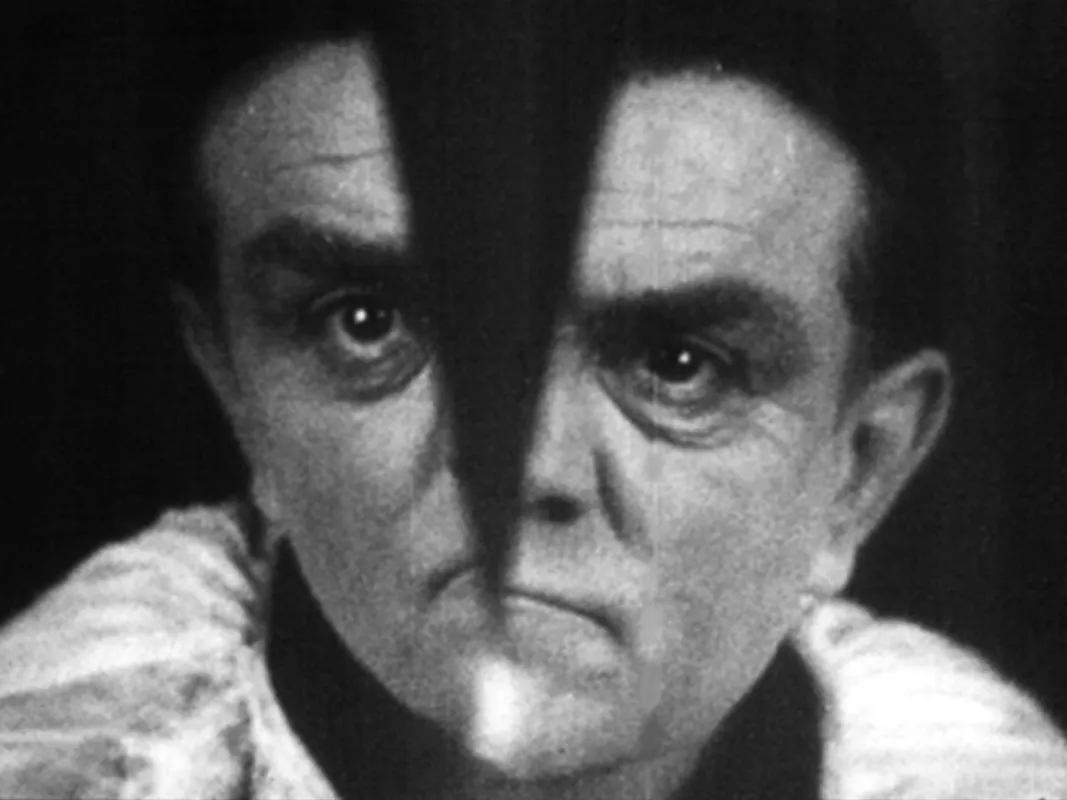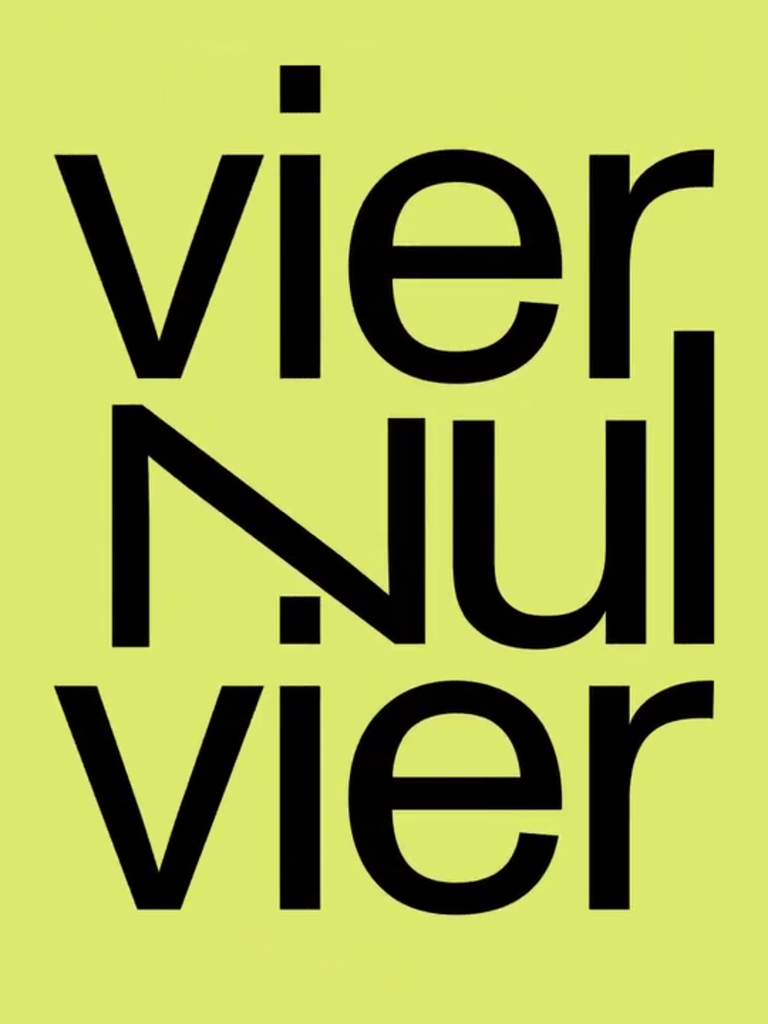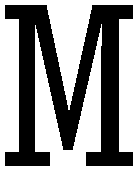VIDEODROOM strijkt een avond lang neer in MIRY Concertzaal met een double feature vol zwart-wit surrealisme en zinderende geluidskunst.
We openen met de Noorse pianiste Anja Lauvdal, die een nieuwe soundtrack speelt bij Germaine Dulac’s meesterwerk La Coquille et le Clergyman. Daarna gaan de hypnotiserende tape loops van Natasha Pirard in dialoog met Cuadecuc, Vampir van Pere Portabella.
De ontstaansgeschiedenis van Cuadecuc, Vampir is zonder meer uniek. Toen Spaanse horror- en exploitationmaker Jesùs Franco in 1970 een versie van Dracula wilde draaien met niemand minder dan Christopher Lee in de hoofdrol, vroeg de jonge experimentele filmmaker aan Pere Portabella of hij tegelijk een avant-gardistische ‘making-of’ mocht filmen.
Vanuit een ander perspectief legde Portabella dezelfde scènes vast, mét zichtbare boom-mics, kabels en make-upartiesten in beeld. Zonder dialogen en in contrastrijk zwart-wit doet de film denken aan het werk van Murnau en Dreyer. Lavend tussen fictie en documentaire is Cuadecuc, Vampir een poëtische, gelaagde film die subtielverwijst naar het ware kwaad in het Spanje van die tijd: het fascistische regime van Francisco Franco. Meer dan Dracula is de dictator zelf de echte bloedzuiger, wiens censuur en onderdrukking zelfs de zogenaamd ‘nuevos cines’ in een wurggreep hield.
In samenwerking met de familie van Pere Portabella – en in aanloop naar zijn honderdste verjaardag volgend jaar – vroegen we musicologe en componiste Natasha Pirard om een nieuwe soundtrack te maken bij de film. Pirard groeide de voorbije jaren uit tot een van de spannendste namen in de Belgische experimentele muziek. Haar album Dream Cycles (DEEWEE), vol dromerige tapeloops, gitaar en synths, sluit moeiteloos aan bij het werk van grootheden als William Basinski, Suzanne Ciani en Félicia Atkinson.
Voor deze nieuwe score werkte Pirard in residentie bij IPEM, het Gentse instituut voor psychoakoestiek en elektronische muziek. Daar dompelde ze zich onder in de legendarische EMS Synthi 100, een uiterst zeldzame synthesizer waarvan er wereldwijd nog slechts vier werkende exemplaren bestaan. Haar soundtrack maakt intens gebruik van tape loops opgebouwd uit geluiden die ze aan dit unieke instrument wist te ontlokken.
VIDEODROOM takes over the MIRY Concert Hall for one night with a double feature full of black-and-white surrealism and electrifying sound art.
We open with Norwegian pianist Anja Lauvdal, who will perform a new soundtrack to Germaine Dulac’s masterpiece La Coquille et le Clergyman. Next, the hypnotic tape loops of Natasha Pirard enter into dialogue with Pere Portabella’s Cuadecuc, Vampir.
The origin story of Cuadecuc, Vampir is nothing short of unique. In 1970, when Spanish horror and exploitation director Jess Franco set out to film his version of Dracula, starring none other than Christopher Lee, young experimental filmmaker Pere Portabella asked if he could simultaneously shoot an avant-garde ‘making-of’. Filming from a different perspective, Portabella captured the same scenes—boom mics, cables, makeup artists and all—fully visible in the frame. Shot in stark black and white and completely without dialogue, the film echoes the style of Murnau and Dreyer. Hovering between fiction and documentary, Cuadecuc, Vampir is a poetic, layered work that ultimately points to the real horror of the time: the fascist regime of Franco. More than Dracula, it is the dictator himself who emerges as the true bloodsucker, with his oppressive censorship and suffocating grip on even the so-called nuevos cines.
In collaboration with Pere Portabella’s family—and in the lead-up to his 100th birthday next year—we invited musicologist and composer Natasha Pirard to create a new score for the film. In recent years, Pirard has quickly become one of the most exciting voices in Belgian experimental music. Her album Dream Cycles (DEEWEE), filled with dreamy tape loops, guitar, and synth textures, easily holds its own alongside the work of William Basinski, Suzanne Ciani, and Félicia Atkinson.
To create the new score, Pirard spent a residency at IPEM, the Ghent-based institute for psychoacoustics and electronic music. There, she immersed herself in the legendary EMS Synthi 100—an ultra-rare synthesizer, with only four working units left in the world. The soundtrack draws heavily on tape loops crafted from the distinctive sounds she coaxed out of this remarkable instrument.


